The universe is far from a quiet, unchanging void. It’s a vast, ever-shifting stage where unimaginable energies collide, stars explode, and black holes lurk in the darkness. Earth might seem safe in its cosmic neighborhood, but our planet is truly at the mercy of the universe’s volatile whims.From cataclysmic explosions to invisible forces, scientists have identified numerous cosmic events that could erase Earth in an instant or slowly over eons. Here are 15 awe-inspiring—and terrifying—phenomena that remind us of our planet’s fragile place in the cosmos.
1. Asteroid Impact
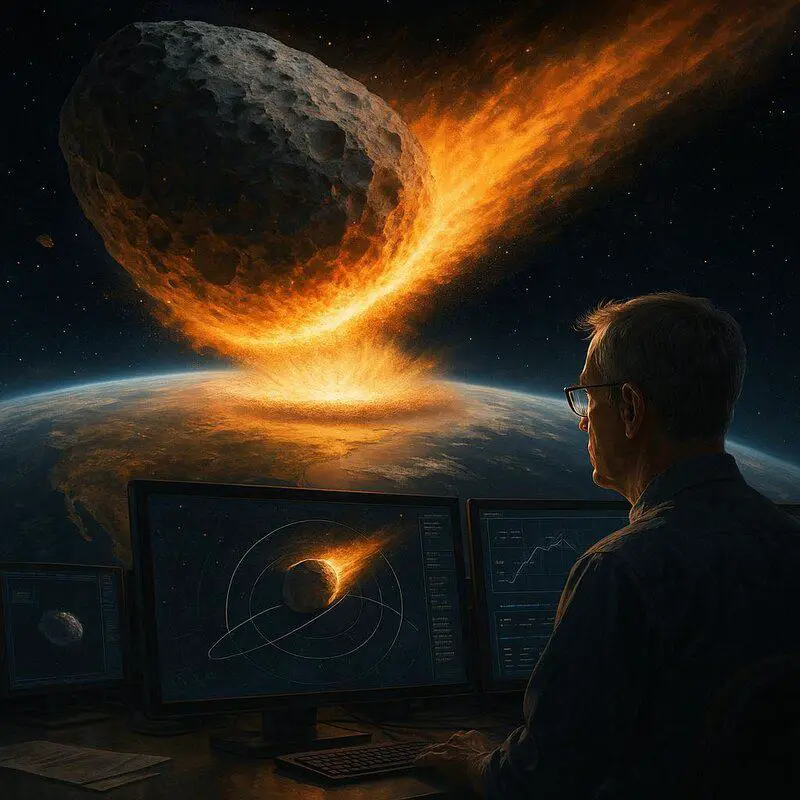
A massive asteroid impact remains one of the most well-known existential threats to our planet. Roughly 66 million years ago, the Chicxulub asteroid struck Earth, triggering the mass extinction that wiped out the dinosaurs. Today, scientists vigilantly monitor the skies for similar threats. Through initiatives like NASA’s Planetary Defense Coordination Office, humanity is developing ways to detect and potentially deflect hazardous near-Earth objects before they spell disaster.
2. Gamma-Ray Burst
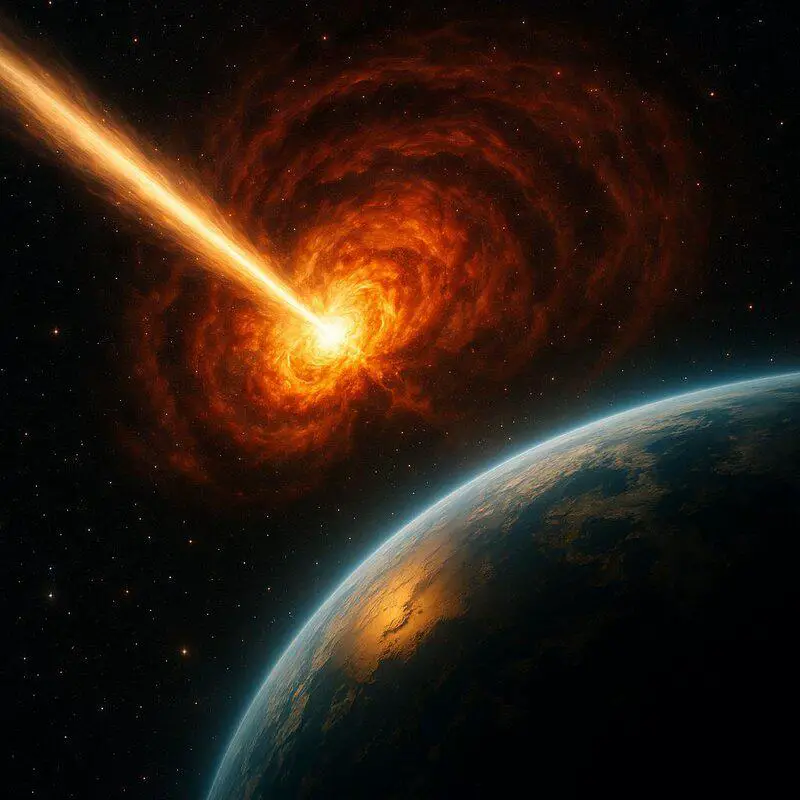
Gamma-ray bursts (GRBs) are the universe’s most powerful explosions, releasing more energy in seconds than our Sun will in its entire lifetime. If a GRB occurred close to Earth, its intense radiation could obliterate our ozone layer, leaving the planet exposed to deadly solar and cosmic rays. Astronomers have witnessed bursts like GRB 130427A, serving as stark reminders of this remote but catastrophic threat.
3. Supernova Explosion
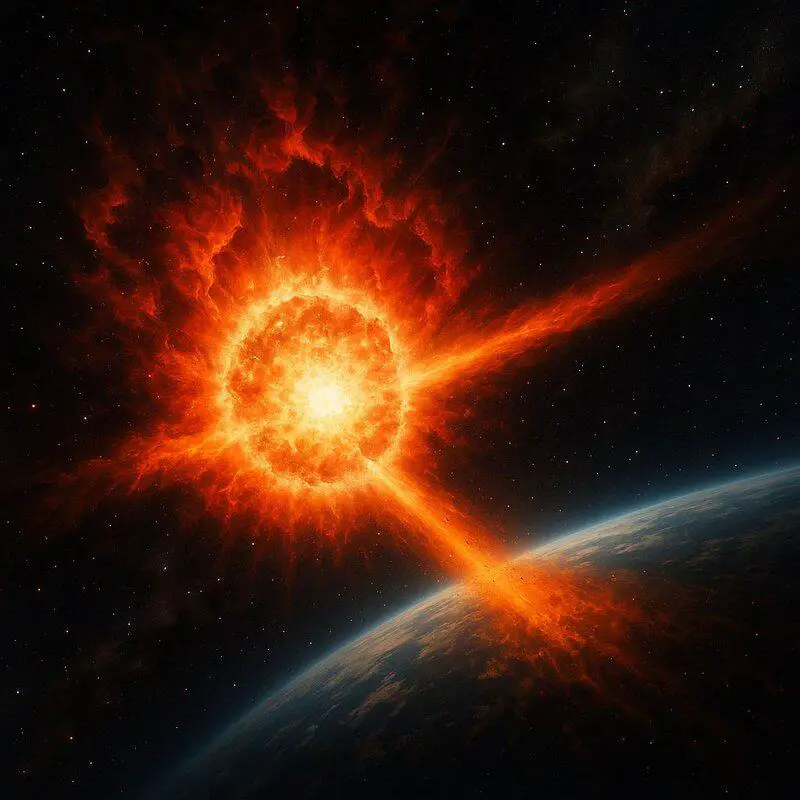
A supernova is the violent death of a massive star, unleashing a torrent of radiation and charged particles. If such an explosion occurred within about 30 light-years, Earth could suffer catastrophic consequences—our ozone layer might be destroyed, leaving us defenseless against harmful ultraviolet rays. Historic events like SN 1054 have been observed from afar, but no nearby candidates threaten us yet. Still, research published in journals like Astrophysical Journal reminds us that supernovae are a cosmic wildcard.
4. Rogue Black Hole
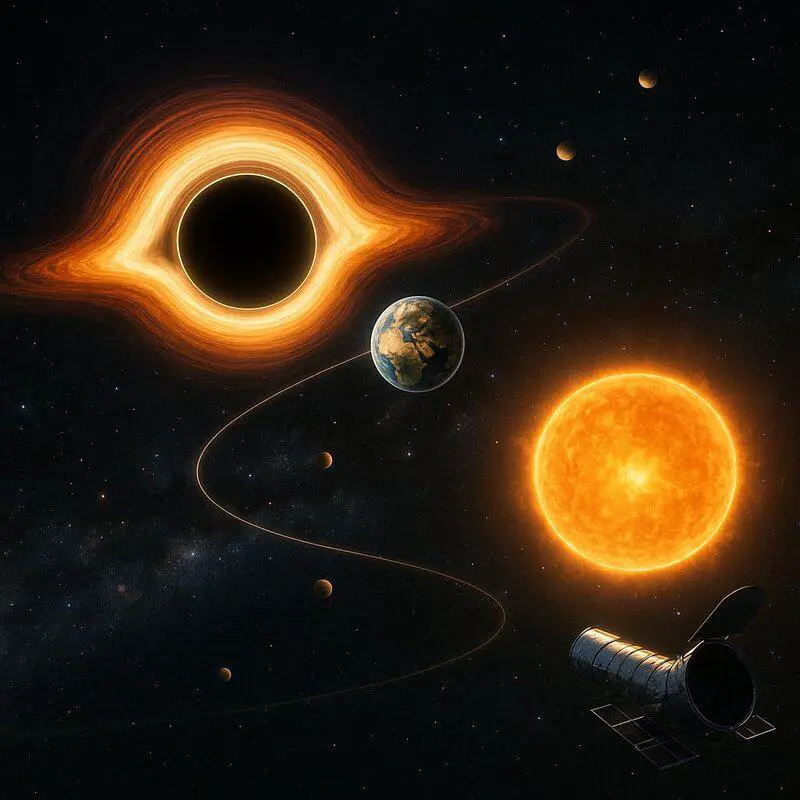
Imagine a rogue black hole—an invisible monster roaming the galaxy—drifting into our solar system. Such an encounter could either swallow Earth entirely or gravitationally disrupt our planet’s orbit, flinging us into the cold void or toward the Sun. Astronomers are actively searching for these cosmic nomads using cutting-edge telescopes and gravitational lensing techniques, as discussed in studies like those found in NASA’s Hubble mission findings.
5. Solar Superflare
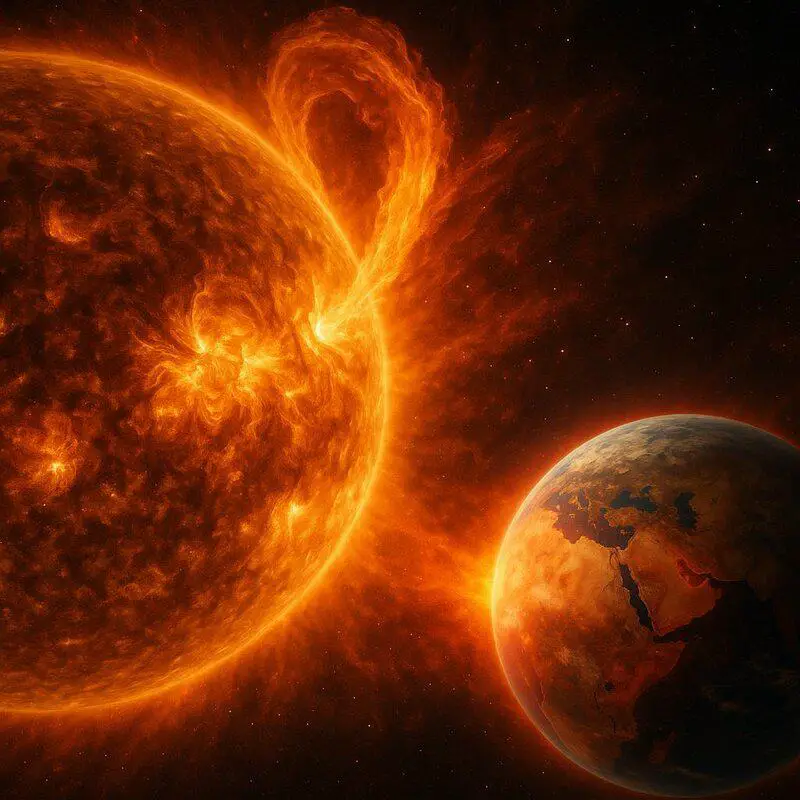
A solar superflare is an eruption on the Sun far more powerful than any in recorded history. If our star unleashed such a burst, the resulting radiation could devastate Earth’s atmosphere, frying electronics and possibly even stripping away the ozone layer. Scientists have observed superflares on other stars, sparking ongoing research—like that cited by NASA’s solar activity studies—to understand whether our Sun could someday unleash a similar catastrophe.
6. Alien Invasion
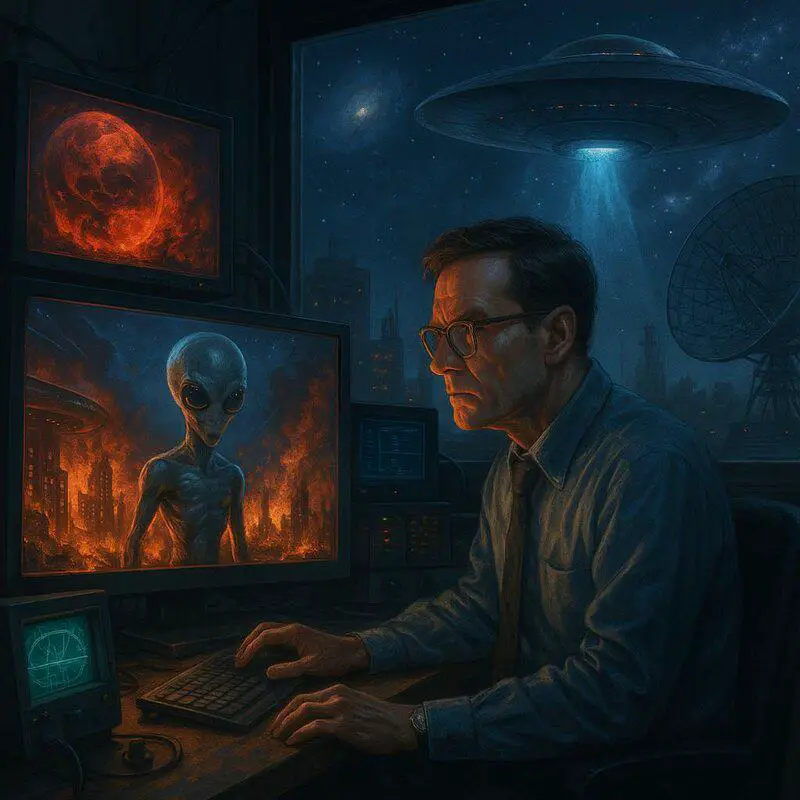
While it may sound like science fiction, some scientists have seriously debated the risk of a hostile alien invasion. Technologically advanced extraterrestrials could possess weapons or knowledge capable of erasing humanity—or the entire planet. Organizations like SETI scan the cosmos for signs of life, while experts debate whether contacting unknown civilizations is wise or dangerously naive.
7. Galactic Collision
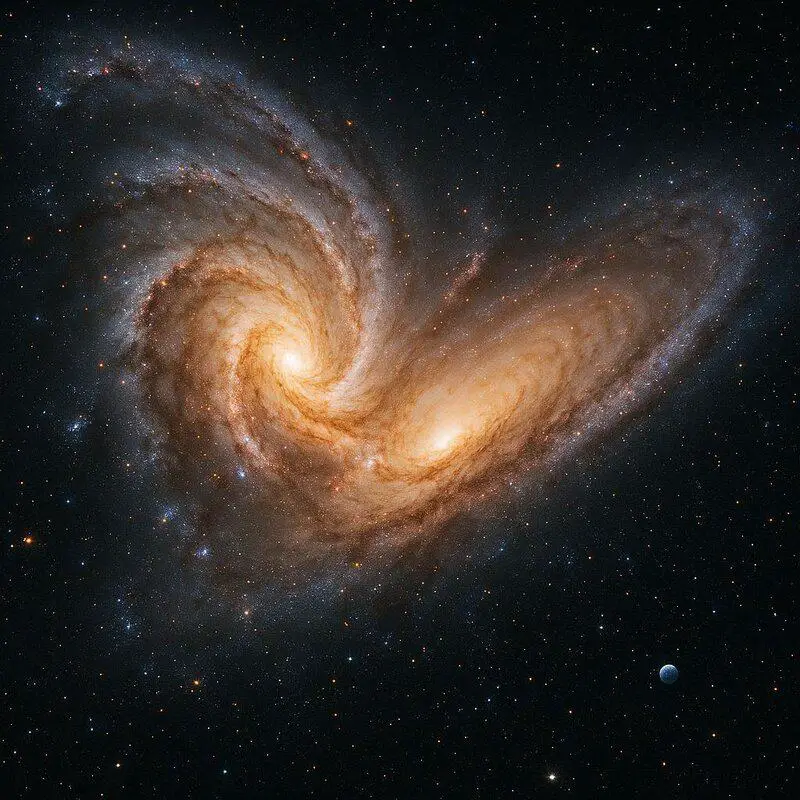
In about four billion years, our Milky Way will collide with the neighboring Andromeda galaxy. Although stars are unlikely to physically crash, the cosmic upheaval could destabilize our solar system, possibly flinging Earth into the freezing depths of intergalactic space. Computer simulations by NASA and ESA reveal the dizzying complexity of this future cosmic dance.
8. Vacuum Decay
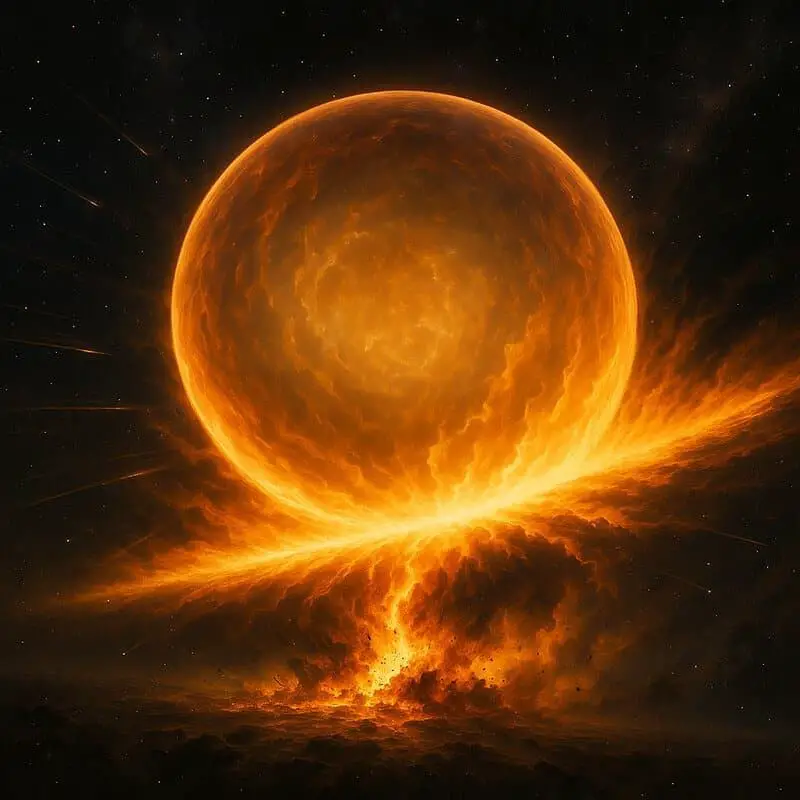
The universe’s stability may not be guaranteed. Vacuum decay is a theoretical event where a bubble of “true vacuum”—a more stable state of reality—could suddenly appear and expand at light speed, annihilating all matter and physical laws in its path. This chilling scenario, discussed in outlets like Scientific American, stems from research on vacuum metastability and quantum physics. Thankfully, scientists think this is incredibly unlikely—but not impossible.
9. Runaway Greenhouse Effect
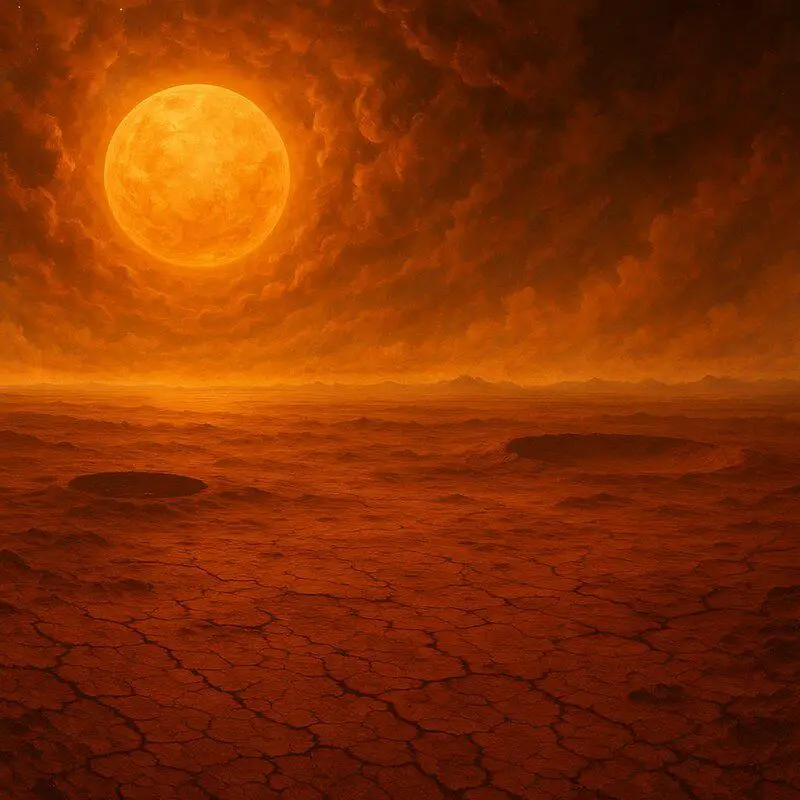
A runaway greenhouse effect could transform Earth into a scorching wasteland, much like Venus. Cosmic influences—such as increased solar radiation or asteroid impacts—might trigger unstoppable warming, evaporating oceans and making the surface uninhabitable. Climate scientists and planetary researchers, including those cited by NASA’s Venus studies, warn that while this fate is unlikely in the near future, it remains a stark example of how delicate our planet’s balance truly is.
10. Magnetar Burst

A magnetar is an exotic neutron star with a magnetic field trillions of times stronger than Earth’s. If one released a burst of gamma rays nearby, the resulting radiation could obliterate our ozone layer and expose the surface to deadly ultraviolet light. Such bursts have been observed in other parts of the galaxy, and studies published in leading astrophysical journals remind us of this rare but dramatic cosmic threat.
11. Sun’s Red Giant Phase
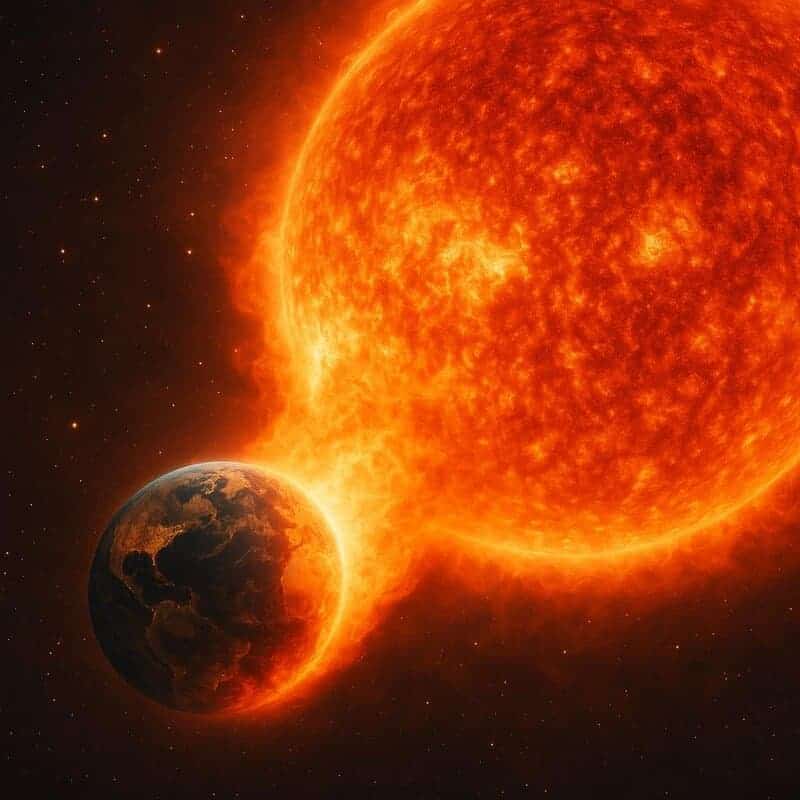
In about five billion years, our Sun will exhaust its hydrogen fuel and swell into a red giant. During this transformation, the Sun’s outer layers will expand, likely engulfing and vaporizing the inner planets—including Earth. Solar physicists detail this fate in recent NASA studies, reminding us that even without outside interference, Earth’s end is ultimately written in the stars.
12. Planetary Ejection
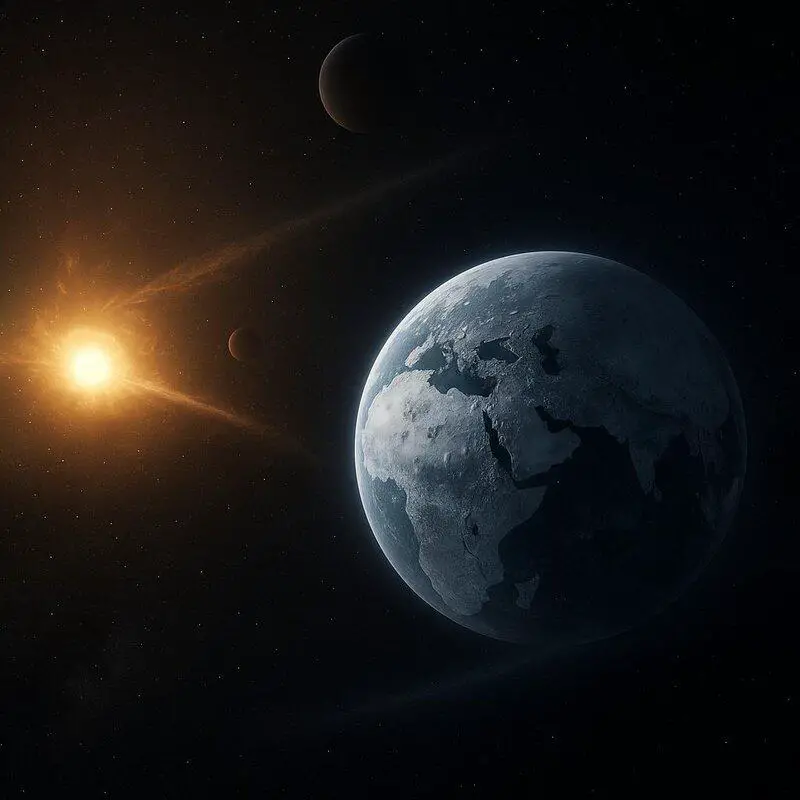
Planetary ejection is a scenario where gravitational disturbances—perhaps from a passing star or massive planet—could hurl Earth out of the solar system. Once lost in interstellar space, our planet would become a frozen rogue world, devoid of sunlight. Simulations by astronomers and discoveries of rogue planets elsewhere show this fate, while unlikely, is entirely possible in the chaotic life of a solar system.
13. Nearby Quasar
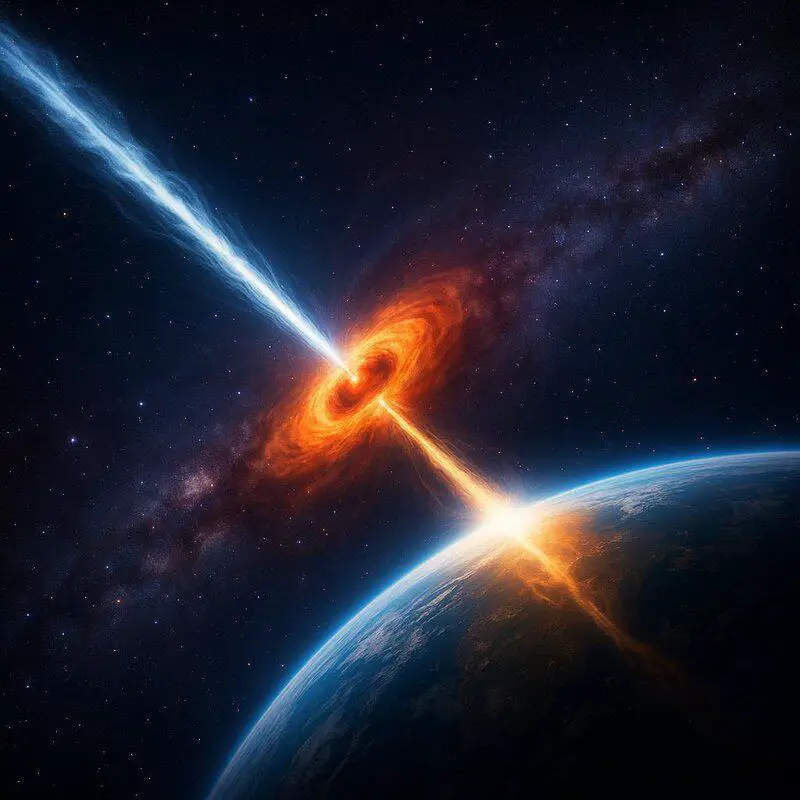
A quasar is an active supermassive black hole at the heart of a galaxy, emitting blinding jets of radiation. If one formed near the Milky Way, its intense energy could irradiate Earth, stripping away the atmosphere and making life impossible. Astronomers have observed these cosmic beacons in distant galaxies, as noted in NASA’s Chandra observations, and are grateful none are close by.
14. Cosmic Strings
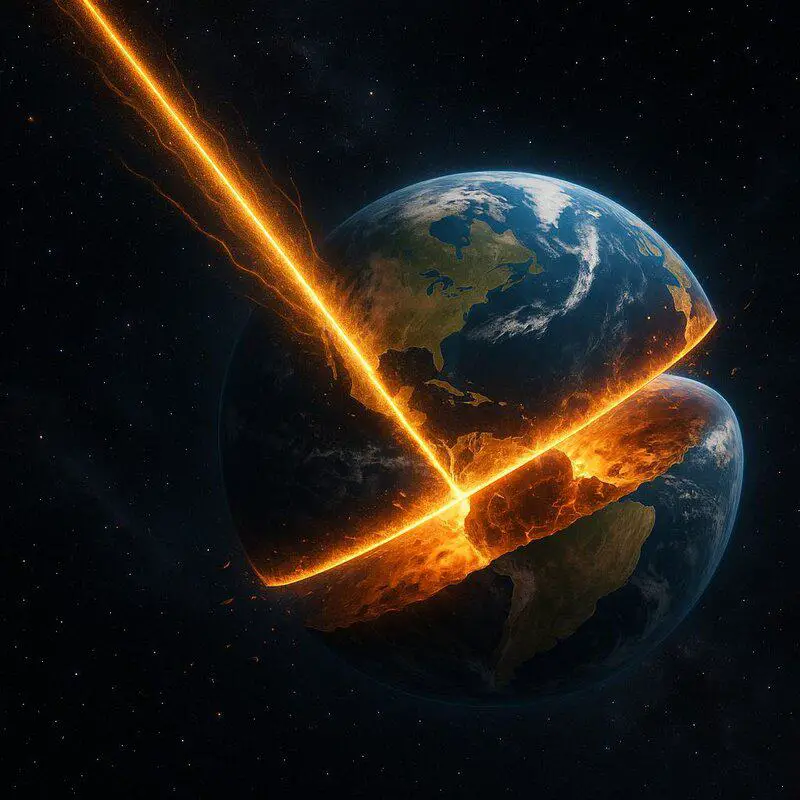
Cosmic strings are hypothetical, ultra-thin defects in space-time, predicted by some theories of the early universe. If one were to pass through our solar system, its immense density could slice through planets—including Earth—like a cosmic razor blade. While no evidence has been found yet, theoretical physicists continue to explore their possible existence in studies such as those discussed by Scientific American.
15. Dark Matter Disaster
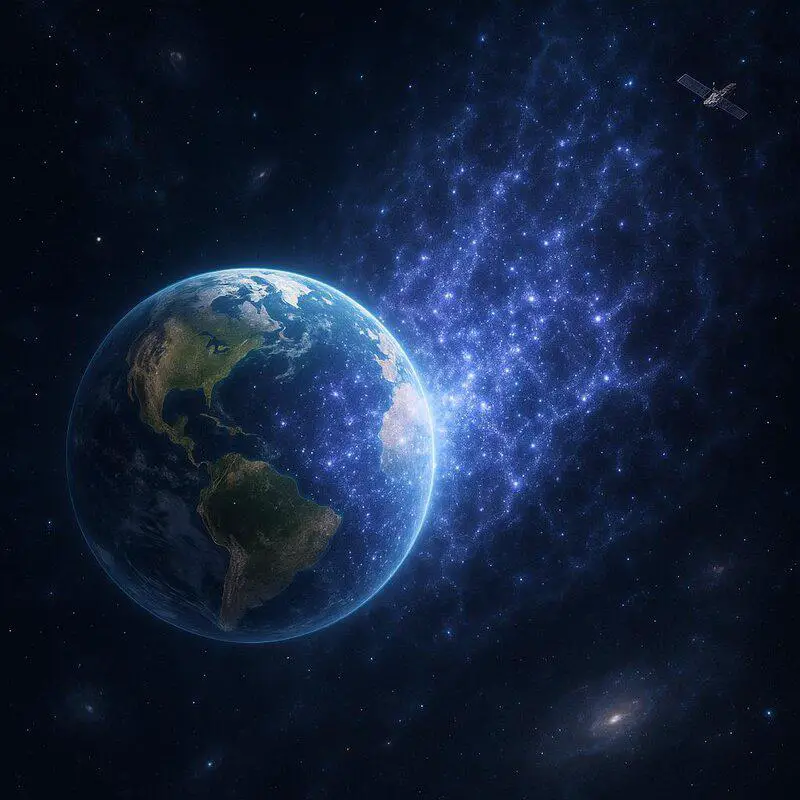
Though mysterious and invisible, dark matter makes up most of the universe’s mass. If Earth were to pass through a dense clump of dark matter, gravitational forces could disrupt our planet’s orbit or even trigger unknown catastrophic effects. Researchers are racing to understand dark matter’s true nature, as highlighted in ongoing work by NASA and other scientific collaborations.
Conclusion

The universe is filled with astonishing forces that could threaten Earth’s very existence—from rogue black holes to gamma-ray bursts and cosmic strings. While most of these cataclysms are incredibly rare, our growing understanding and vigilance—driven by astronomers, physicists, and organizations like NASA—give us hope for early detection and even prevention.Staying curious and supporting scientific research ensures we remain prepared, however unlikely these events may be. After all, our fragile blue planet is worth protecting, no matter what the cosmos has in store.
.article-content-img img { width: 100% }



Vielleicht interessiert es Sie:
Wussten Sie! Minensuchratten auf dem Schlachtfeld und sie sind super effektiv!
Wie viele Giraffenarten gibt es? Leben sie alle in Afrika?
Der Vogel ist das Weibchen der Vögel: wahr oder falsch?
Warum bauen Biber Dämme? Welchen Nutzen?
Warum leben manche Tiere nachtaktiv? Welche Vorteile?
Küssen Tiere? Ist das die gleiche Bedeutung wie Menschen?
200+ Hilarious Seahorse Jokes That Will Make You Smile and Giggle
200+ Funny Investment Jokes to Boost Your Financial Humor Game